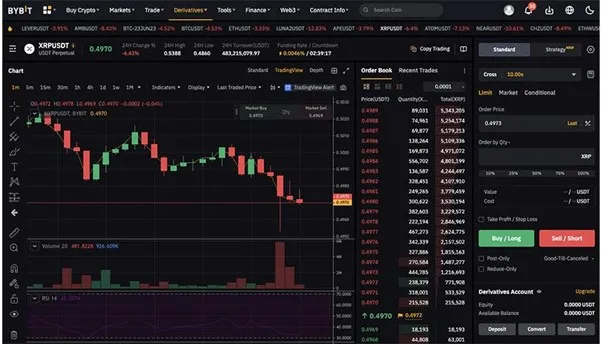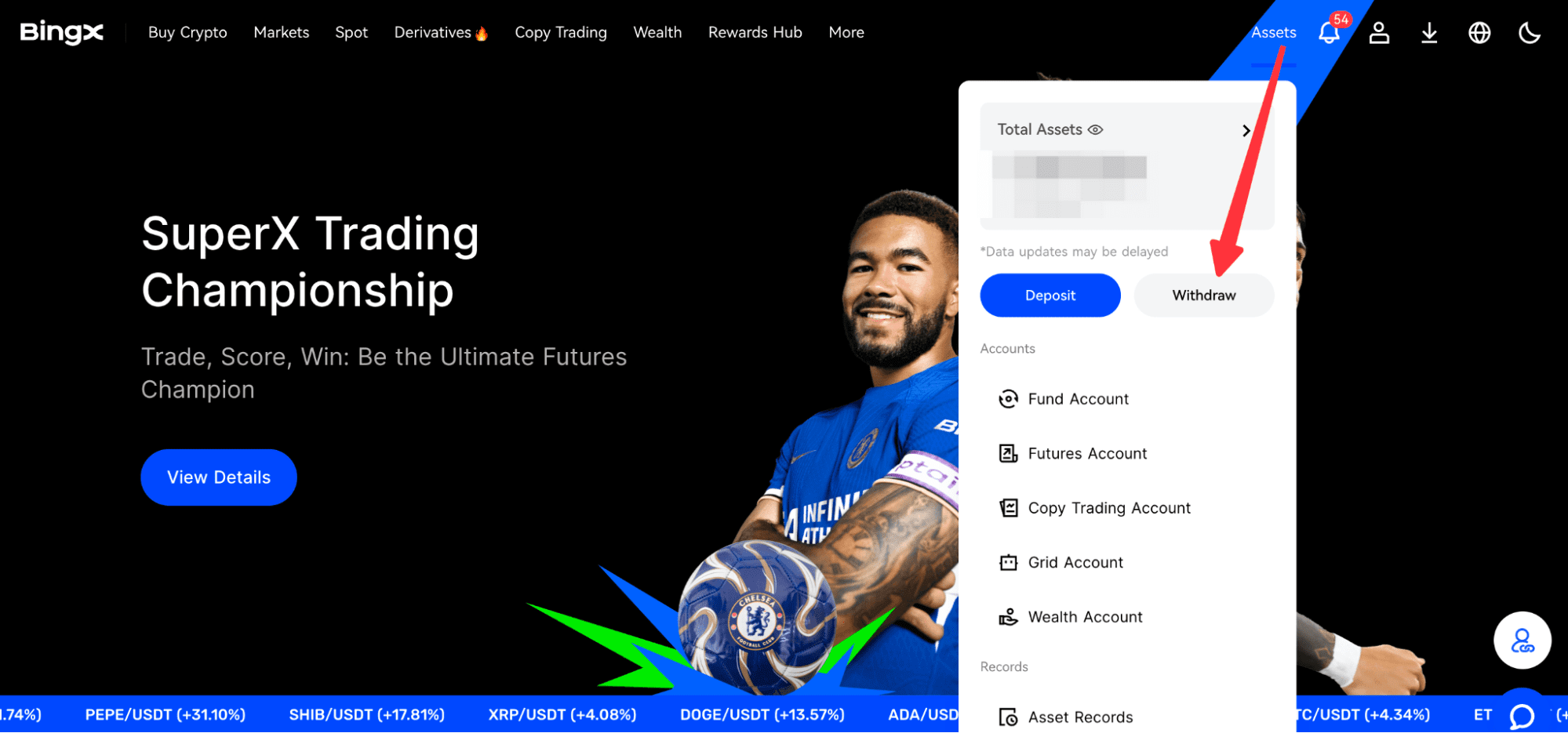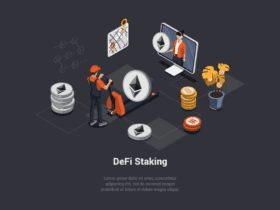There is no denying the fact that even in the dynamically changing landscape of cryptocurrencies, Best Crypto Mining Tools is still a formidable means of acquiring cryptocurrencies, provided one has the appropriate means. The most effective crypto mining tools integrate performance, compatibility, and user-friendliness. These features enable miners to increase effectiveness and profit margins. The software one selects can determine success and the ability to continue mining, regardless if one is operating a lone GPU from home or a multi-rig farm.
How to Pick the Best Crypto Mining Tools?
Define Your Mining Goals
Select tools based on whether your goal is solo mining, pool mining, or cloud mining. Your expectation—profitability, experimentation, or learning—will dictate the most suitable choice relative to your setup and level of expertise.
Check Hardware Compatibility
Check whether the tool works with your hardware—ASIC, GPU, CPU, or FPGA. For instance, CGMiner is optimal with ASICs, whereas Kryptex and EasyMiner are tailored specifically for GPU mining.
Evaluate OS Support
Make sure the software runs on your OS. Windows users have a plethora of GUI alternatives, while command-line Linux users can utilize tools like Hive OS and CGMiner that offer greater control and scalability.
Analyze Profitability Features
Seek tools featuring auto-coin switching, profit estimators, and dashboards for real-time earnings tracking. NiceHash and Minerstat are particularly useful for mining the most profitable coins and maximizing returns based on current market conditions.
Consider Security and Privacy
Seek tools that offer secure wallets, encrypted connections, and low KYC thresholds. Privacy-centric miners often choose open-source tools like CGMiner and BFGMiner, avoiding centralized solutions like NiceHash.
Review Monitoring and Control Options
Advanced instruments provide remote access, temperature management, and performance monitoring. Hive OS and Awesome Miner stand out in centralized dashboards and automation for managing several rigs.
Assess Ease of Use
Novices should focus on EasyMiner and MultiMiner, which are GUI-based. Simplified monitoring and setup are offered, but command-line tools provide more control. However, they require more advanced skills.
Understand Pricing Models
Pricing models differ: some tools are free and open-source, while others are subscription-based or take a percentage of earnings. While Kryptex and NiceHash are free to start, they do deduct service fees from earnings.
Check Pool Integration
Verify that the tool compatible with your preferred mining pool. Most tools let you set your pool but some, like BitMiner, concentrate on cloud mining and do not offer pool flexibility.
Look for Community and Support
Pick tools with lively users, help documentation, and sturdy support systems. Resolving problems and keeping up with developments is easier. CGMiner, Hive OS, and Awesome Miner are great examples to look out for.
10 Best Crypto Mining Tools
| Tool Name | Key Features | Supported OS | Best For |
|---|---|---|---|
| CGMiner | Open-source, ASIC support, fan speed control, remote interface | Windows, Linux | Advanced users, ASIC rigs |
| EasyMiner | GUI-based, supports both solo and pool mining, real-time stats | Windows, Linux | Beginners |
| BFGMiner | Modular design, FPGA/ASIC support, temperature monitoring | Windows, Linux | FPGA/ASIC miners |
| NiceHash | Marketplace for hash power, auto coin switching, profitability calculator | Windows | Passive income miners |
| Kryptex | Auto coin conversion to fiat, GPU optimization, user-friendly dashboard | Windows | GPU miners, beginners |
| Awesome Miner | Centralized management for multiple rigs, cloud dashboard, profit tracking | Windows | Large-scale operations |
| MultiMiner | GUI for BFGMiner, automatic hardware detection, coin suggestions | Windows, macOS | Beginners with multiple rigs |
| Hive OS | Remote monitoring, overclocking, multi-device control | Linux | Professional farms |
| Minerstat | Web dashboard, custom alerts, profit switch, automation | Windows, Linux | Data-driven miners |
| BitMiner | Simple setup, cloud-based mining, low entry barrier | Web-based | Casual users |
1. CGMiner
CGMiner was one of the first fully developed crypto mining tools. It can mine with ASIC hardware and it was written in C. It can be used on Windows, Linux and macOS, and provides advanced features of fan speed control, remote interface, and real time monitoring.

It is open sourced and free, ideal for advanced miners aiming for full control of their hardware. It is meant for more professional setups and is one of the best crypto mining tools for consistency and performance. It is highly customizable and supports SHA-256 Bitcoin mining.
CGMiner Key Features:
- Open-source, written in C
- Supports ASIC mining and SHA-256 coins
- Fan speed control, remote interface, real-time stats
Pros:
- Highly customizable for advanced users
- Lightweight and efficient
- Compatible with Windows, Linux, macOS
Cons:
- Command-line interface may be difficult for beginners
- No native GUI
2. EasyMiner
EasyMiner serves as a GUI-based front-end for mining software CGMiner and BFGMiner and is compatible with both Windows and Linux. It is designed for ease of use with a simple crypto mining dashboard, real-time stats, and wallet integration.

One of the few crypto mining software that allows solo and pool mining, EasyMiner is compatible with both CPUs and GPUs. It is free and open-source which helps beginners.
For avoiding the use of complex command lines, EasyMiner is among the best crypto mining software as it has a well defined environment and easy setup for beginners.
EasyMiner Key Features:
- GUI front-end for CGMiner/BFGMiner
- Supports CPU/GPU mining
- Real-time performance stats and wallet integration
Pros:
- Beginner-friendly interface
- Supports solo and pool mining
- Free and open-source
Cons:
- Limited to Windows and Linux
- Less control for advanced users
3. BFGMiner
BFGMiner is a modular mining software, which is especially optimized for FPGA and ASIC devices. It also has the capability of dynamic clocking which remote interface, temperature monitoring and mining can be done which are all adjustable.

BFGMiner is free and opensource software designed for the mining of SHA-256 and Scrypt coins. As opposed to CGMiner, it does not have GPU support as it is designed primarily for specialized mining hardware.
As one of the best crypto mining tools, BFGMiner is ideal for advanced users who have custom rigs designed for mining and need advanced setups.
BFGMiner
Key Features:
- Modular design for FPGA/ASIC mining
- Dynamic clocking and temperature monitoring
- Remote interface and multi-threaded performance
Pros:
- Excellent for specialized hardware setups
- Low CPU usage
- Open-source and efficient
Cons:
- No GPU support
- Requires technical knowledge
4. NiceHash
NiceHash market place for purchasing and selling hash power and provides a complete mining solution for Windows users. It provides both CPU and GPU mining, auto-switches to the most profitable coin, and disburses payment in Bitcoin.
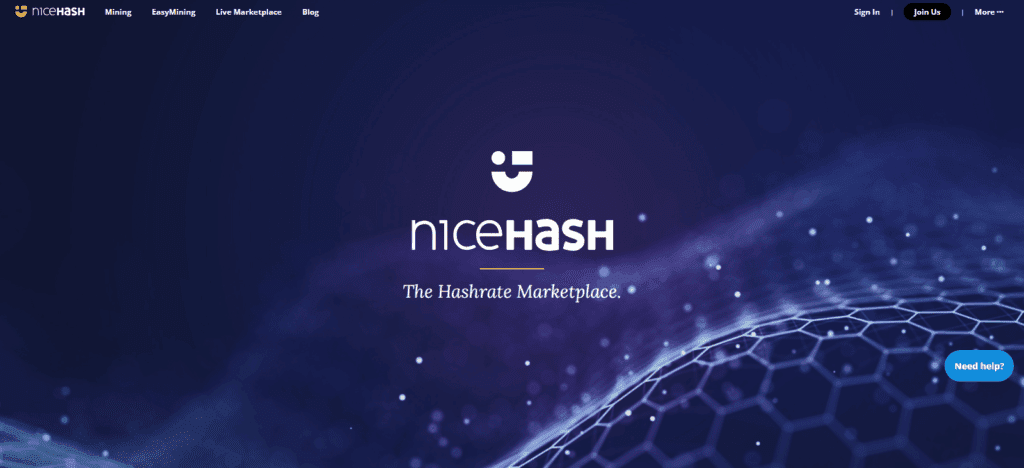
NiceHash charges no fee for their services, but takes a small percentage of the mining profits. It works with almost all major GPUs and has a profitability calculator.
NiceHash serves as a perfect tool for passive crypto miners as it provides the most simple and user friendly systems for crypto mining.
NiceHash Key Features:
- Hash power marketplace
- Auto coin switching and profitability calculator
- Payouts in Bitcoin
Pros:
- Easy setup for passive income
- Supports CPU/GPU mining
- Great for beginners
Cons:
- Charges service fees
- Centralized platform
5. Kryptex
Kryptex is a crypto mining software for Windows users that converts crypto earning to fiat currency. It has also GPU mining capabilities and automatic selection of the most profitable coin. It provides a sophisticated interface, cash flow is visible in real time, and provides remote access.
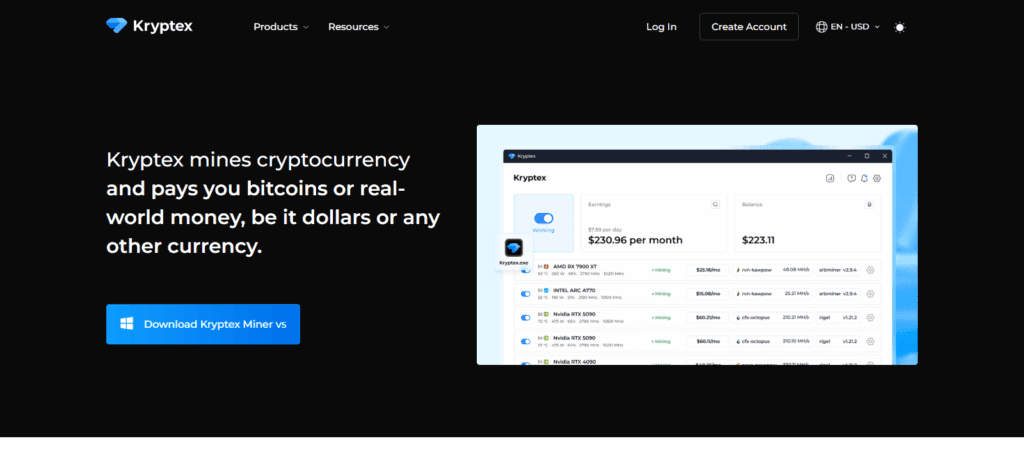
It is also beginner friendly. Kryptex is most profitable mining software for casual miners as it user interface provide simple functionality, yet powerful back end to automate the mining process.
Kryptex Key Features:
- Converts crypto earnings to fiat
- GPU optimization and remote monitoring
- Real-time earnings dashboard
Pros:
- Simple and intuitive interface
- Auto coin selection for profitability
- Ideal for casual miners
Cons:
- Windows-only
- Limited coin support
6. Awesome Miner
Awesome Miner is and exceptionally powerful Windows based mining management tool that works with over 25 different mining engines including CGMiner, BFGMiner, and SgMiner. Centralized monitoring, profit switching, and cloud dashboard access is available.
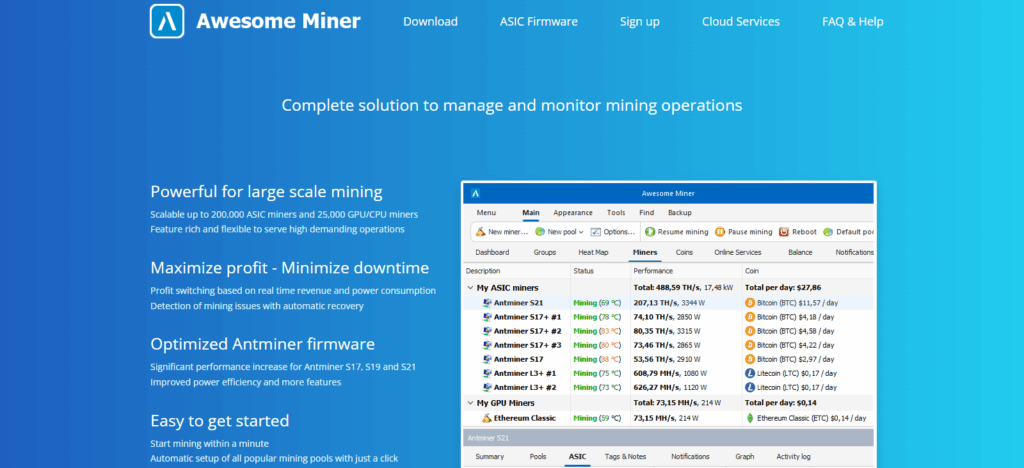
It works with ASICs, GPUs, and FPGAs, which is ideal for large-scale operations. Awesome Miner is one of the best crypto mining tools and Rated 4.0 and above for all services.
It’s perfect for large operations and best with multiple rigs while maximizing profits and working with diverse hardware setups.
Awesome Miner Key Features:
- Centralized management for multiple rigs
- Cloud dashboard and profit switching
- Supports 25+ mining engines
Pros:
- Great for large-scale operations
- Compatible with ASICs, GPUs, FPGAs
- Free and premium plans available
Cons:
- Windows-only
- May be overkill for small setups
7. MultiMiner
MultiMiner is a desktop application built on BFGMiner which allows the user a graphical interface on Windows, macOS, and Linux. It allows the user to automatically detect mining hardware and choose the most profitable coins to mine.
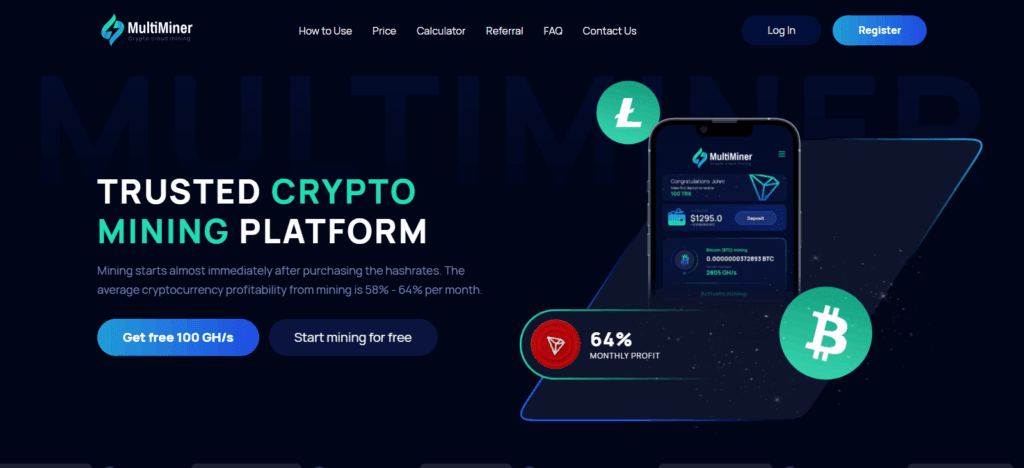
MultiMiner works with solo and pool mining and is completely free. It is ideal for beginners which allows the user a plug-and-play experience and advanced features like remote monitoring. MultiMiner is best crypto mining tools and combines simplicity and power while providing maximum adaptability.
MultiMiner Key Features:
- GUI for BFGMiner
- Auto hardware detection and coin suggestions
- Supports solo and pool mining
Pros:
- Cross-platform (Windows, macOS, Linux)
- Easy for beginners
- Free and open-source
Cons:
- Limited advanced features
- Occasional compatibility issues
8. Hive OS
Hive OS is a Linux-based cloud system that helps you manage a GPU and ASIC mining farm and offers remote monitoring and control over clocking as well as multi-device management through a web dashboard. All main cryptocurrencies, like Bitcoin and Ethereum, are supported.
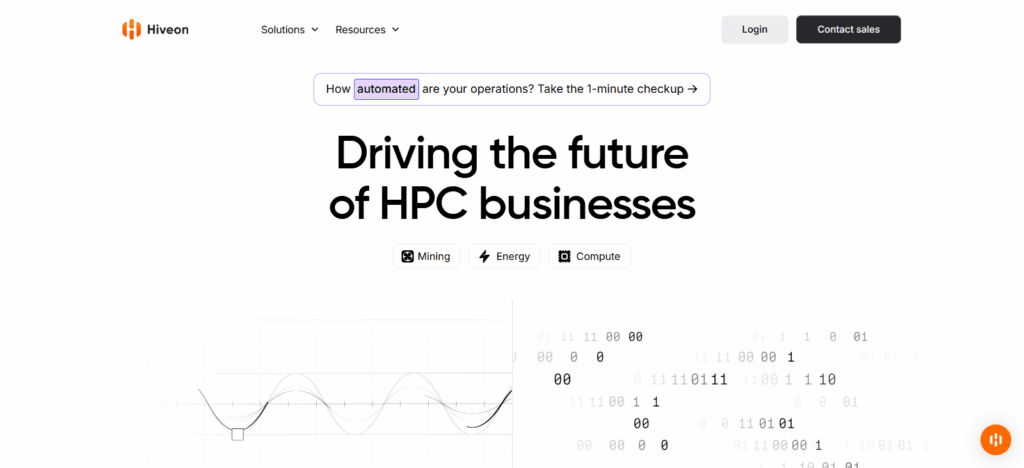
Hive OS is free for 3 rigs, with paid plans beginning at $3/month. Hive OS is one of the best mining tools and offers a great range of flexibility and custom workload automation, which is one of the reasons professional miners like it.
Hive OS Key Features:
- Linux-based mining platform
- Remote monitoring and overclocking
- Multi-device control via web dashboard
Pros:
- Ideal for professional farms
- Scalable and automated
- Free for up to 3 rigs
Cons:
- Linux-only
- Paid plans for larger setups
9. Minerstat
Minerstat is professional mining management software that works on Windows and Linux and offers a complete range of services for both GPU and ASIC mining profit-switching, custom scripts automation, and alert systems.
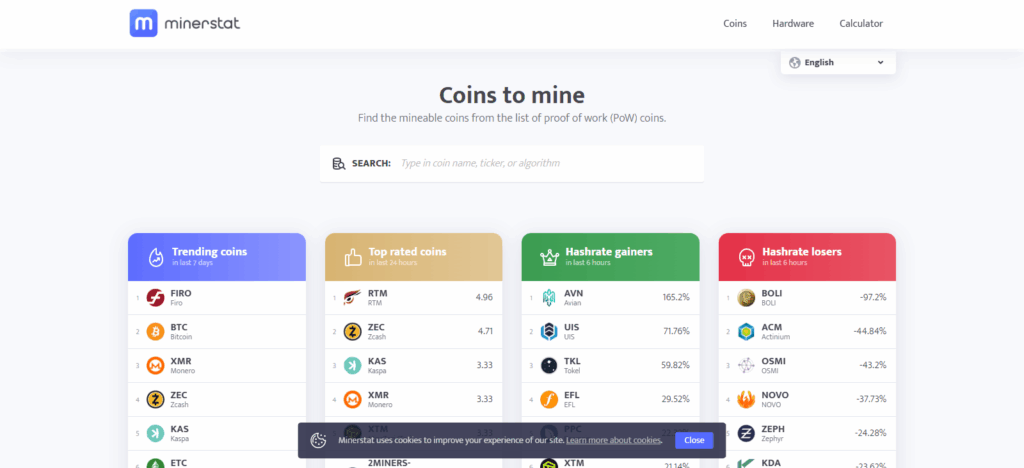
Minerstat offers a free tier and paid plans that start at $2/month per worker. Minerstat integrates with most mining pools, and remote access over clocking is available.
Minerstat is one of the best mining tools and is great for high-level professional miners who are data-driven and need real-time data analytics.
Minerstat Key Features:
- Web dashboard with automation and alerts
- Profit switch and remote access
- Supports GPU/ASIC mining
Pros:
- Data-driven and customizable
- Windows and Linux support
- Free and paid tiers
Cons:
- Learning curve for new users
- Requires stable internet
10. BitMiner
Offered as a cloud-based mining product, BitMiner provides ease of setup and low barriers to entry. Since BitMiner works in a web browser, there is no need to worry about OS compatibility. Designed for casual users, BitMiner focuses on Bitcoin mining.

It is free to start mining, though miners can pay to upgrade for faster speeds. As an excellent mining tool for beginners, BitMiner is ideal for users wishing to learn about mining. It does not require any high-outlay hardware purchases and does not need complex setups.
BitMiner Key Features
- Cloud-based mining via browser
- Simple setup and low entry barrier
- Supports Bitcoin mining
Pros:
- No hardware required
- Accessible from any OS
- Great for beginners
Cons:
- Limited control and scalability
- Lower profitability than hardware mining
How to Mine From Home?
Mining cryptocurrency from home takes planning, including securing adequate hardware and software and establishing an electricity and mining strategy. You might want to try small scale GPU mining or join a mining pool for consistent profit.
Select a Mining Method
- Solo Mining: You operate and manage everything on your end, but you’ll need top-end hardware and won’t win most of the time.
- Pool Mining: You collaborate with a network of people and share mining rewards, which makes it optimal for home setups.
- Cloud Mining: You pay for remote hash power mining which lets you pass on mining hardware, but it is usually the least profitable of the options.
Acquire Appropriate Mining Hardware
- GPU Mining: High broadcast range GPUs such as NVIDIA RTX and AMD Radeon will earn you Ethereum Classic and Ravencoin.
- ASIC Mining: Machines designed specifically for mining, like Antminer, is optimal for Bitcoin mining, but it will use a lot of electricity and generate a lot of heat.
- CPU Mining: This is inefficient and only works for low-demand coins such as Monero.
Install Mining Software
- For ASICs, you can use CGMiner and BFGMiner.
- Beginners can use EasyMiner and MultiMiner.
- For automated mining use NiceHash, Kryptex, and Awesome Miner.
- For remote management use Hive OS and Minerstat.
🔌 4. Calculate Electricity Costs
- Mining requires a lot of power. Measure your wattage with a wattmeter, and check your local electricity rates.
- Your cost per kWh will have a large impact on your profitability. The lower your cost per kWh, the better your profitability will be.
Join a Mining Pool
- Consider Slush Pool, F2Pool, or ViaBTC. These pools allow you to earn consistent payouts.
- Most mining software allows you to configure pools in the initial setup.
Set Up a Secure Wallet
- For mined coins, use a hardware wallet (ex. Ledger, Trezor) or a software wallet (ex. Exodus, Electrum).
- For long-term storage, don’t keep your coins on an exchange.
Monitor and Optimize
- Track your profitability, performance, and temperature with the dashboards available from Hive OS, Awesome Miner, or Minerstat.
- Overclock your GPUs and ensure they have proper cooling to avoid damaging them.
Stay Updated
- The world of crypto mining is fast evolving. Follow forums such as BitcoinTalk and Reddit’s r/CryptoMining as well as news sites like Cointelegraph to keep track of shifts in algorithms, coins, and hardware.
Conclusion
The appropriate tool for crypto mining relies on one’s goals, experiences, and processor. Beginners working on simple, GUI platforms such as EasyMiner and Kryptex differ in tools from professionals dealing with big farms who use Hive OS and Awesome Miner.
Customization in mining becomes possible using open-source tools like CGMiner and BFGMiner. For simple and low-configuration mining, cloud-based tools such as BitMiner are useful. NiceHash, Minerstat, and MultiMiner are ideal for automation and profit.
Optimum software use facilitates performance maximization, cost reduction, and overall crypto profit increase, whether from home or on a larger scale.
FAQ
Crypto mining tools are software programs that help you mine cryptocurrencies by solving complex algorithms. They connect your hardware to the blockchain network and manage mining operations, performance, and payouts.
EasyMiner, MultiMiner, and Kryptex are ideal for beginners due to their graphical interfaces, simple setup, and automated coin selection. They require minimal technical knowledge and offer real-time dashboards.
Both are open-source and command-line based. CGMiner supports GPU and ASIC mining, while BFGMiner focuses on FPGA and ASIC devices. CGMiner is more popular for Bitcoin mining; BFGMiner is better for specialized rigs.
Yes. Tools like NiceHash, Kryptex, and BitMiner are designed for home setups. You’ll need a compatible GPU or ASIC, stable internet, and a wallet. Pool mining is recommended for consistent payouts.
Awesome Miner, Hive OS, and Minerstat offer centralized dashboards, remote monitoring, and automation features. They’re ideal for managing large-scale operations or multiple mining devices.
Most tools like CGMiner, EasyMiner, and MultiMiner are free and open-source. Others like Awesome Miner, Hive OS, and Minerstat offer free tiers with optional paid plans for advanced features.


